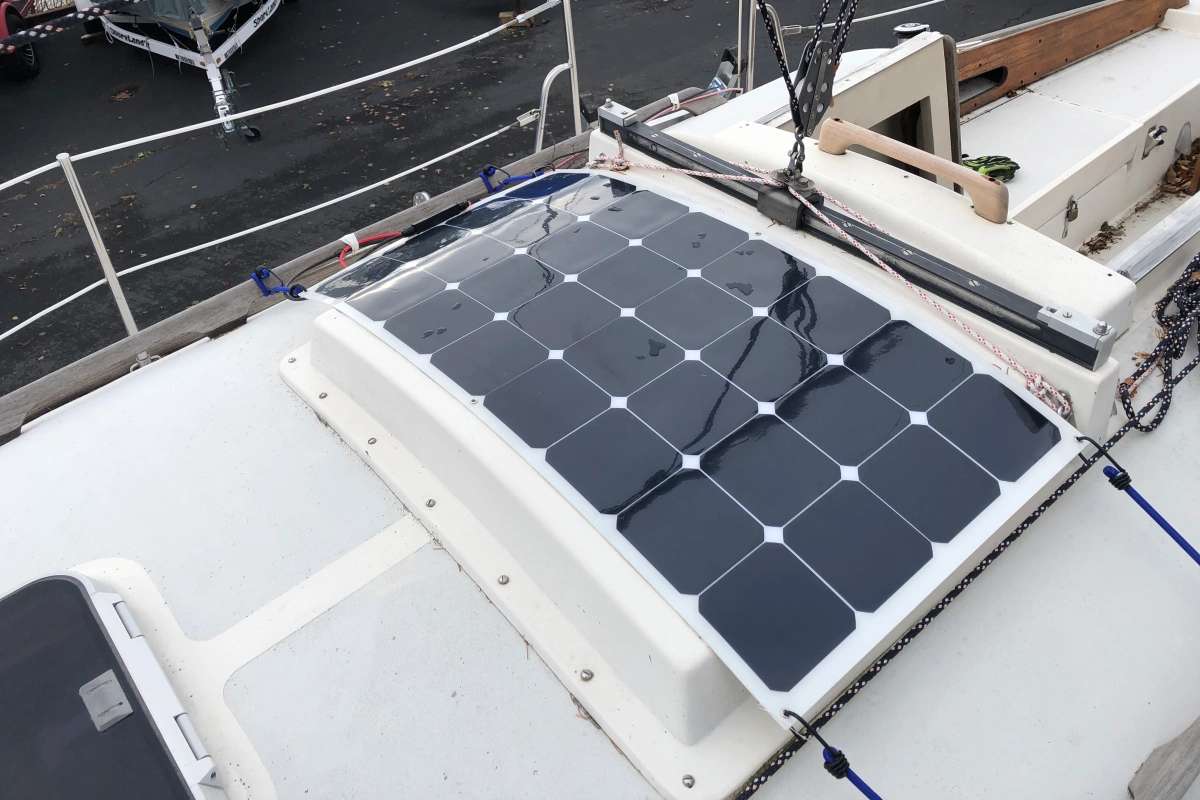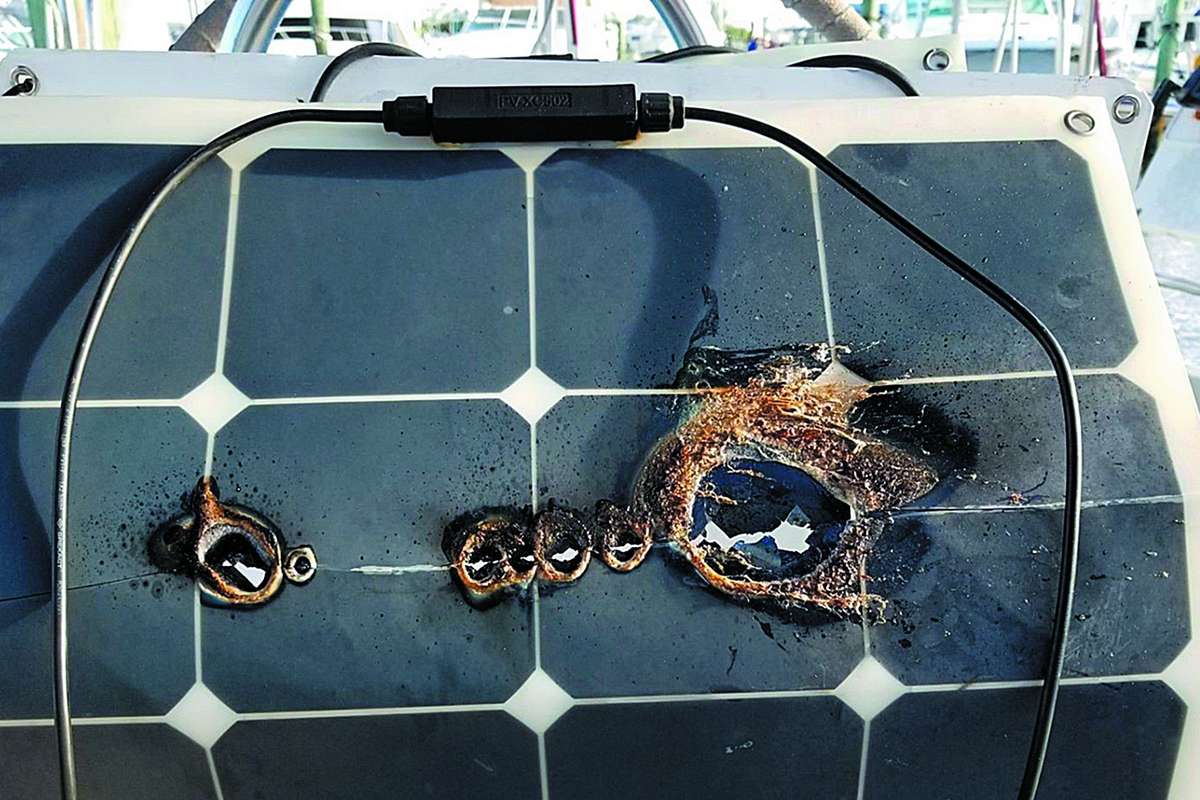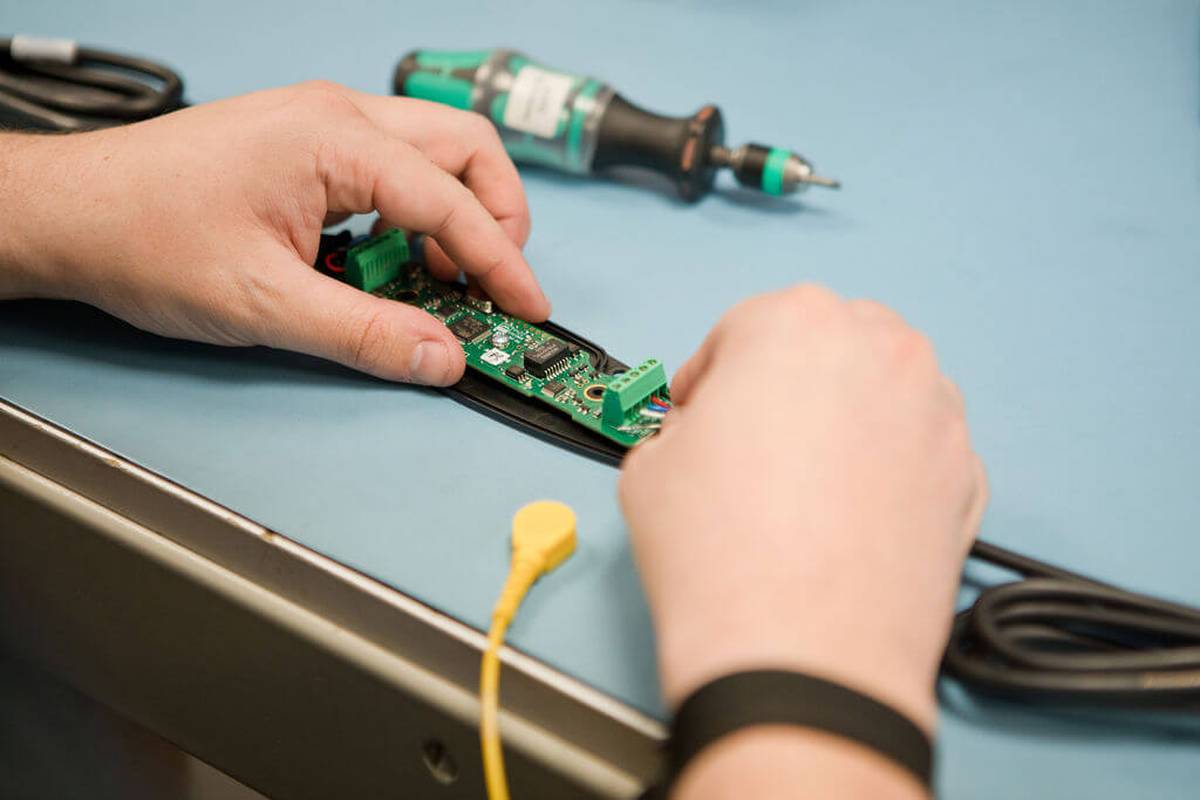Solar energy has become a prevalent feature on various types of sailboats, including both cruising and sports models. These solar panels are not only lightweight and easy to set up but are also a hassle-free way to keep onboard batteries charged.
While they generally require low maintenance, there are certain factors that can affect their long-term performance.
Output Ratings Versus Real-world Performance
Solar panel manufacturers often label their products with STC (Standard Test Conditions) or PTC (PVUSA Test Condition) ratings.
These numbers represent an ideal output under perfect conditions – think of a cool day in the tropics with no clouds in sight. However, in real-world conditions, you can expect to achieve around 50-70% of the rated output.
Several factors contribute to this drop, including your geographical location, the angle of installation, and the state of your batteries.
To keep tabs on how your panels are performing over time, establish a benchmark right after installation. Measure and document the output on a clear day at noon when your batteries are at least half-empty.
This baseline can help you gauge any future performance degradation.
The Inevitable Aging and Quality of Solar Panels

All solar panels will experience a decrease in output due to UV damage to the photovoltaic (PV) cells. However, the rate of this decrease can vary based on the quality of the panel.
Premium, or Tier 1, panels usually lose less than 0.3% of their output per year, while cheaper panels can degrade more rapidly. Given the longer lifespan of higher-quality panels, investing in a top-tier option may pay off in the long run.
Common Panel Issues
- Snail Trails – These are harmless discolorations that occasionally appear on solar panels. They don’t typically impact the overall performance but can be visually noticeable.
- Plastic Hazing – Over time, flexible panels can develop a cloudy appearance due to UV exposure. Though it marginally decreases output, treating the panels with a plastic protectant can slow down the process.
- Microcracks – Handle your panels carefully. Cracks can form due to rough shipping, handling, or installation, and over time, they can diminish the panel’s performance.
- Overheating and Fire Risk – While uncommon, solar panels can catch fire if improperly installed. To minimize this risk, make sure there’s adequate air circulation around the panel.
Maintenance Tips
Regular cleaning is essential to ensure optimal panel performance, especially when dirt or bird droppings are involved. Only use gentle cleaning methods to avoid causing microcracks or other forms of damage.
For minor damages or dings, clear tape can be an effective temporary fix. Monitor these areas closely for any changes in temperature or performance.
Conclusion
Solar panels provide an efficient and relatively affordable energy solution for sailboats. Their output may decline over time due to various factors like aging, physical damage, and environmental conditions.
However, with the right maintenance practices and proper installation, you can prolong the life of your panels and keep them operating at their best for years to come.




Leave a Reply